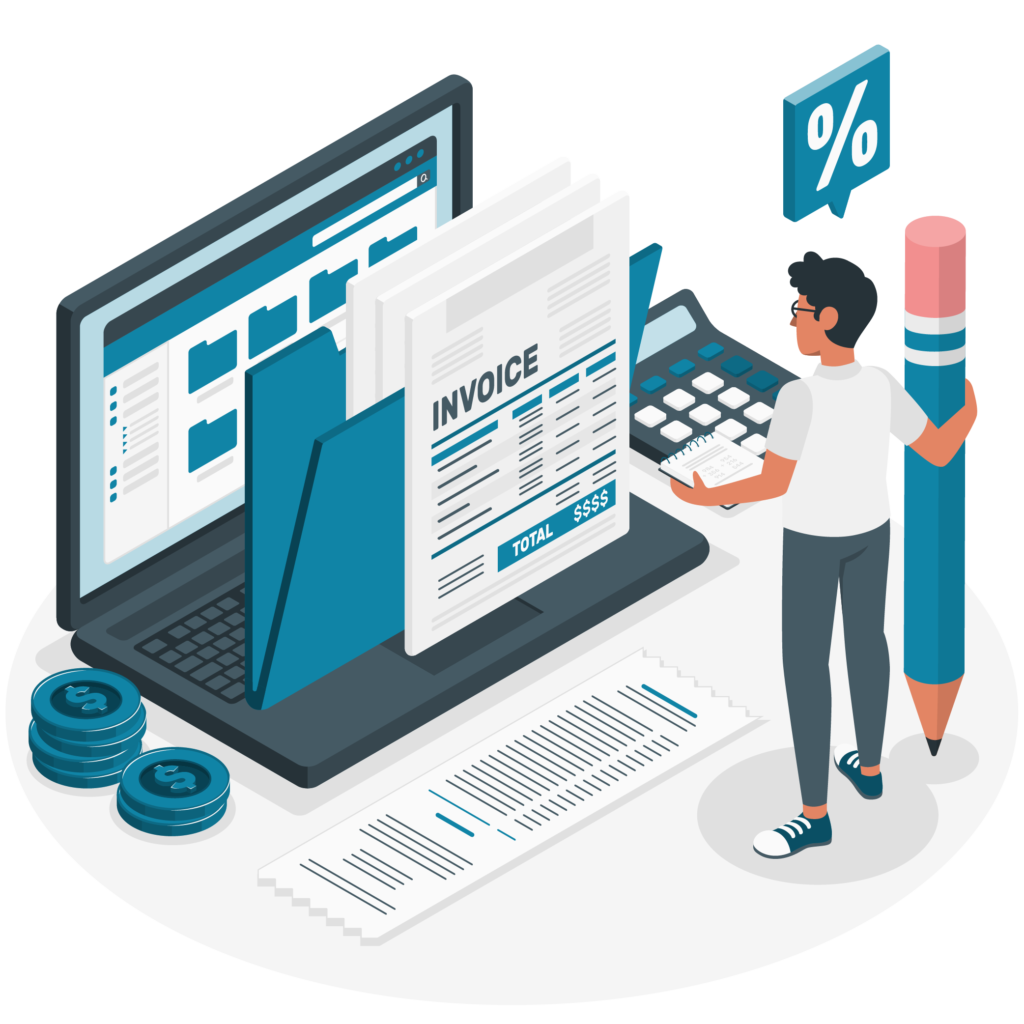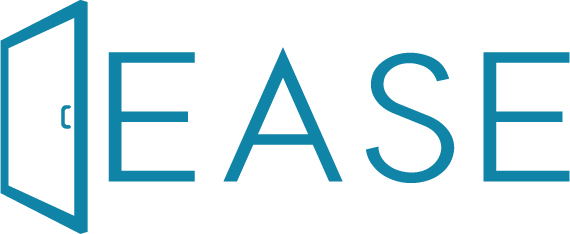Business Best Practices On How To Send An Invoice

As a business owner, you understand the importance and efficiency of your invoicing process, how to send an invoice, getting paid on time and getting paid accurately.
There is no doubt that successful invoicing helps you reach the golden trio: getting paid in full, on time, every time. If this is not a job that you have time for, you should consider back office support and outsourced bookkeeping services to help.
We have put together our best tips for how to send an invoice.
What we cover
Ways to send an invoice
When it comes to sending invoices, choosing the right method can impact your business’s efficiency and payment process. You want to make sure it is as easy for the client as possible, and efficient for you with your administration. The decision on how to send an invoice can vary depending on your processes and your client’s preferences.
The most common methods are –
- Email – sending invoices via email is the most popular and efficient. You can create your own invoice using word processing design software, convert it to a PDF for added security and can make it look really clear and professional. A brief message in the body of the email could make it more personal to that client, and then adding how to pay can make it easier for your client to process the payment.
- Invoicing Software – Using dedicated invoicing software like Paypal, Quickbooks or Xero helps to streamline the process. These platforms offer a range of customizable templates that can include your branding and enhance how professional you look. Also they provide convenient payment links for your clients, ensuring seamless payment and help the process to be more manageable on your side, as there is less administration to do.
- Mail – This is less common in our digital age, however sending physical invoices via mail is still an option that some clients prefer. This is a slower process for them to pay and can also be slower in terms of administration for you, so you must consider this when looking at your cash flow.
Most small businesses opt for invoicing software as the most ideal method of invoicing. Not only do the platforms offer user-friendly and cost-effective solutions for creating and sending invoices, they also include some great reporting features, automated payment reminders and secure online payment processing, which overall streamlines your invoicing process and enhances your businesses cash flow management.

Keep all pricing upfront
Ideally, you and your customer should have agreed to project pricing ahead of time and have a contract in place. If, during a project, you find yourself asking how to send invoices, make sure one of the first things you consider is not running up higher costs or time than initially expected, there should be open communication between you and your clients. All pricing should be discussed and agreed on and if you can make sure the pricing you quote specifies if that is inclusive of tax or excluding – the invoice isn’t the place for surprise costs or hidden fees.
Even if the customer ends up paying, this will tend to leave a bad taste in their mouths and they may be less likely to return.
Include all the details
A detailed invoice is a gift both to your own business and to your client. This is especially important if your client is another business – they also have a bookkeeper or accountant whose need for detail is just as great as yours. When considering how to send an invoice, you need to be mindful of what information you, and your client, will need on that invoice.
A good invoice should include the following items:
- A clear label stating that it is an invoice. You might think this is obvious, but it’s one more thing that will ensure your invoice won’t be lost in the flood of communication every business receives.
- The date of the invoice. This is helpful if you ever need to reference the payment at any point, for both you and the client.
- An invoice number. If your business is new, you need to be sure you have a good system for creating invoice numbers. Some people like to number each invoice consecutively. Others like to number each client’s or project’s invoices separately. Whatever you choose, make sure the invoice number is clearly listed for easy reference, both for you and for your client.
- The label “BILL FROM” and your business name and contact information, including mailing address, phone number, and e-mail;
- The label “BILL TO” with the customer’s name or business name. Like the word “invoice” at the top, this helps eliminate any confusion.
- A description of services rendered. Make this as detailed as necessary. If there are parts of the work billed in different ways, such as per-hour and individual costs. Providing a cost breakdown is a way to establish a reputation for integrity with clients.
- Taxes and discounts: Subtract any discounts from promo codes or previous agreements, and add any necessary taxes to your billed amount.
- Final amount due: Make this amount very clear on your invoice. This may look like giving it its own column, using a larger font size, or both.
- Invoice due date: Make sure it is very clear when the invoice is due. It can help to list an actual calendar day rather than a phrase such as “two weeks from the date of this invoice” as it saves your client the calculation.
That may sound like a very long list on how to send invoices, and it may seem like a lot to put together. A good template can help.
Straightforward design
When you are choosing your invoice template, You may be tempted to choose one that is pretty, that fits with your branding, or has a certain flair to it. But remember: the most important thing is that your client can read and understand it.
Make sure your final invoice design is easily understandable. A clear font and size, neatly organized columns, with a bold final due amount and due date, to all make sure your client clearly understands what needs to be paid, why, and when.
There’s nothing wrong with including branded elements such as a logo, but don’t allow design elements to overcome clarity. Remember the purpose of the invoice is to make it easy and clear for your clients to pay, try not to over complicate it, or make it too fancy that it distracts from its purpose.
Consider timing

If the project is well structured, you will have a contract in place that states when each payment is due. Will it be payment in full at the end? Is there a deposit at the beginning, and balance at project completion? If it is ongoing work, will you bill every other week, or once a month?
Consider your own business expenses and needs when creating client payment schedules. When you think about how to send an invoice make sure you plan, when will you need to pay your own bills? Do you have your own employees you need to pay? Always bill your clients before you will actually need the money. This allows you to manage your own business cash flows without shortfalls and panicking.
You will also need to decide how long a period you will give your clients to pay each invoice. Will you give them 10 days? 2 weeks? A month? Of course, the longer you give them, the longer they will take to pay, and the longer it will be before you see the rewards of your work.
You can also consider offering a slight discount for early payment. For example, you could offer 2/10 net 30 terms. This means a 2% discount if paid within 10 days, and full payment due within a month.
When considering how to send an invoice, timing is everything. You must take into consideration these things so your cashflow remains healthy. Keep these things in mind and make sure you are invoicing how and when it benefits your business and cash flow.
Easy payment options
Finally, on how to send an invoice, you also need to consider how you will receive the payments. There are so many invoicing and payment options available, and it is courteous to offer at least a few. If you have an invoicing software such as PayPal or an accounting software such as Quickbooks to create invoices for you, you can accept payments by credit card, bank transfer, or payment processor. There may not be a lot of clients who want to send you a physical check in the mail anymore, but it may be wise to have the option if you have an old-school client.
If your payment terms are long or the client is late on payment, have a professional email template for payment reminders.
Ready for more? Ease Support offers bookkeeping services in California and across the country. We’ll help you get your invoices into shape and support your cashflow.
FAQs
1.What is an invoice? It is a document that outlines the details of a transaction between a seller an a buyer. it typically includes information such as the products or services provided, the quantity, the price and the payment terms.
2. How do I create an invoice? You can create an invoice by email, mail or in person. If you are using invoicing software, you can often send the invoice directly from the program. A nice tip is to make sure you follow up with the client to ensure that they received the invoice to answer any questions they may have.
3. What should I do if a customer doesn’t pay the invoice? You should make suer you follow up with them to remind them of the payment and to find out if there are any issues that need to be resolved. If the customer still doesn’t pay, you may need to take legal action or hire a collections agency to recover the dept that is owed. We would always recommend speaking to the client first and trying to resolved any issues that may have occurred.

